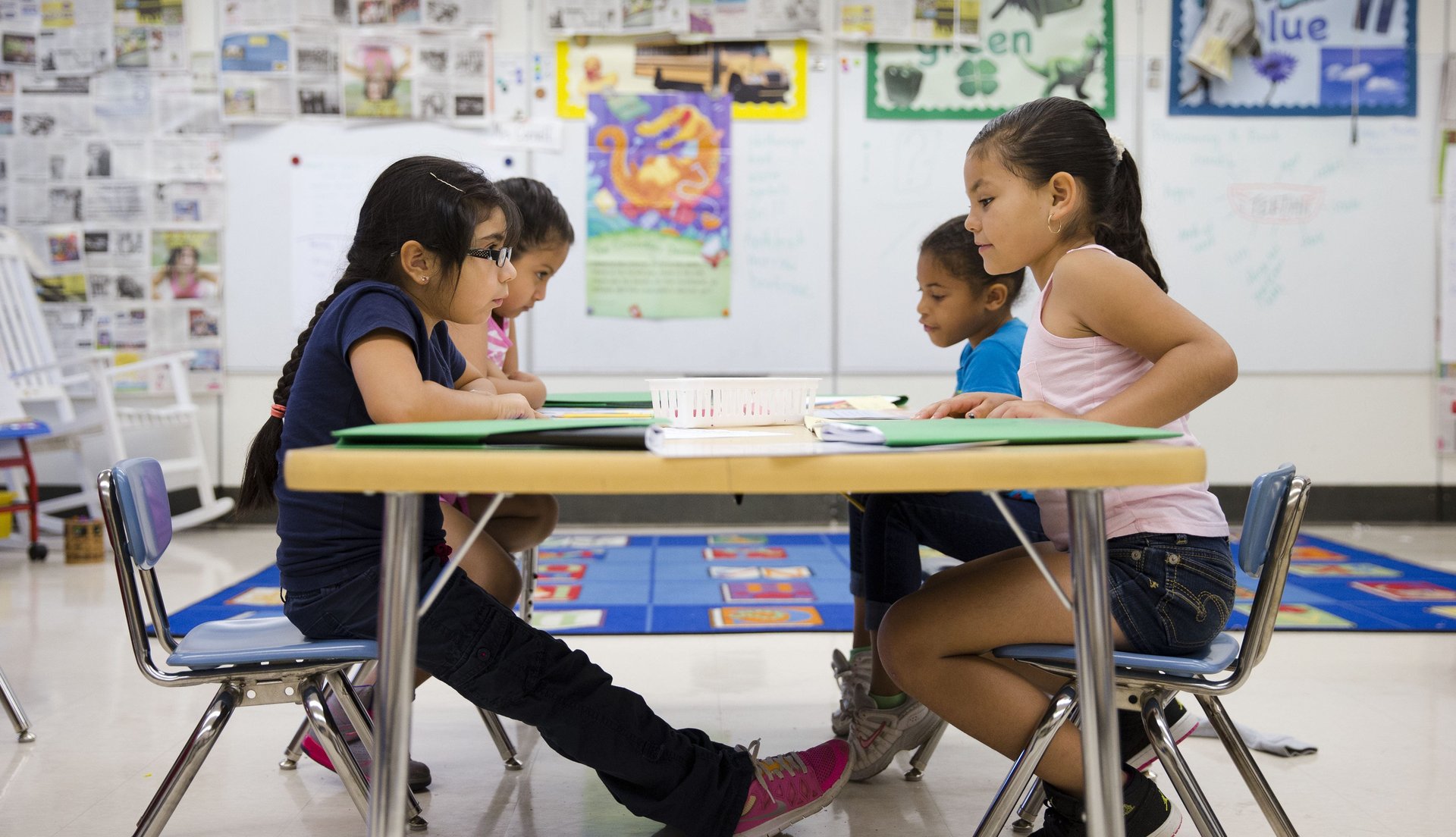America needs to ask second and third generation immigrants this question
Anti-immigration advocates in the US tend to claim that the latest waves of immigrants are failing to adapt to the American way. More recent arrivals, the vast majority Mexican, congregate in cultural enclaves and have little incentive to speak English, they say. This notion is supported by data from large national surveys—but the data is incomplete.


Anti-immigration advocates in the US tend to claim that the latest waves of immigrants are failing to adapt to the American way. More recent arrivals, the vast majority Mexican, congregate in cultural enclaves and have little incentive to speak English, they say. This notion is supported by data from large national surveys—but the data is incomplete.
That’s because the surveys are not asking a key question: Where were your grandparents born?
If Mexican Americans’ answers to that question are considered, their achievements over the first three generations look considerably better, according to a working paper released by the National Bureau of Economic Research. Its analysis suggests that some descendants of Mexican immigrants are integrating into US society so fast that they don’t describe themselves as Hispanic or Mexican at all (not unlike white Americans who forget that their European ancestors were immigrants). As a result, Mexican-Americans’ progress is not being accurately tallied in surveys.
One reason the descendants of Mexican immigrants stop identifying as such—a phenomenon called “ethnic attrition”—is that they are marrying people of different backgrounds. For example, people are less likely to identify as Mexican if they have only one set of Mexican grandparents instead of two.
Surveys with no way to account for ethnic attrition—those that don’t ask grandparents’ origin—suggest that after making significant strides in the second generation, Mexican immigrants’ educational attainment stalls. Here’s how different generations of Mexican-American men score in average years of schooling, according to the Current Population Survey.
NBER’s new study, which tracks even the Mexican Americans who identify as just American, shows the opposite: Third-generation Mexican Americans continue to improve their education—if not at the same pace as their parents. They lag non-Hispanic white Americans by a year of average schooling, and do better than non-Hispanic black Americans.
Based on this data, Mexicans aren’t that different from groups of previous immigrants, such as those from Ireland or Italy.
“If you look at the progress of most immigrating groups, by the third generation, the grandkids of immigrants tend to look like everybody else in terms of labor market outcomes and their wages,” said Brian Duncan, a professor at University of Colorado and one of the study’s authors.
The essential question
It’s been tricky to track how descendants of immigrants fare because all researchers have to go by is whatever box people check as their ethnicity or country origin. This methodology lumps multiple generations of immigrants into the same category.
Relying on ethnicity or origin to identify immigrants’ descendants also completely fails to count those who have integrated deeply: Americans of mixed heritage, or who are of Hispanic or Mexican ancestry but don’t see that as part of their identity.
NBER’s new study is based on a much smaller data set from national longitudinal survey of some 9,000 people across the country who were 12 to 16 years old as of the end of 1996. Importantly, it asks where respondents’ grandparents were born, allowing researchers to identify Mexican Americans regardless of what they consider themselves.
Duncan argues that pollsters have to start asking respondents about their grandparents’ country of origin, to get a truer picture of what happens to second and third generation immigrants.
Without it, it’s hard to understand the long-term impact of immigration—or decide what immigration policies the US should adopt.